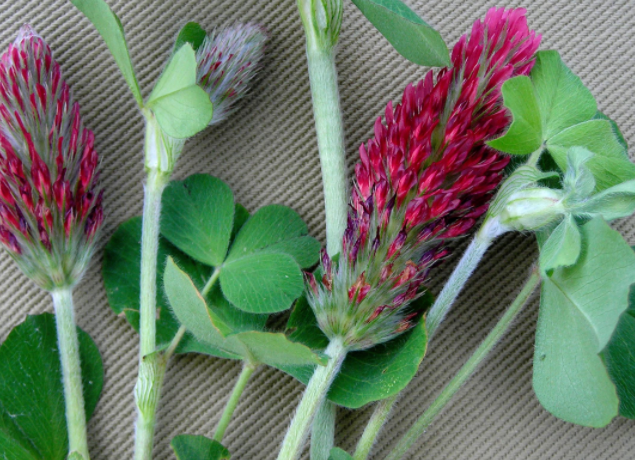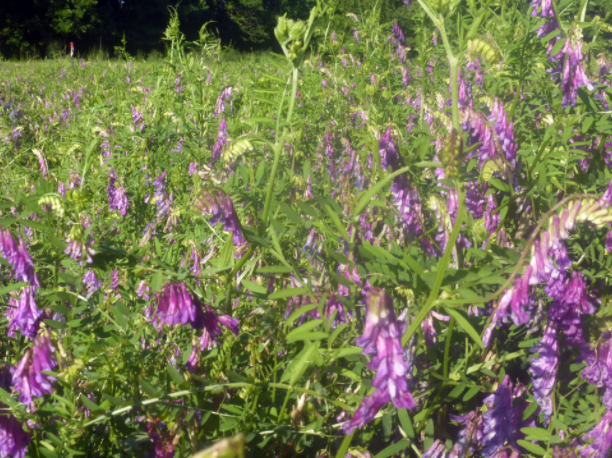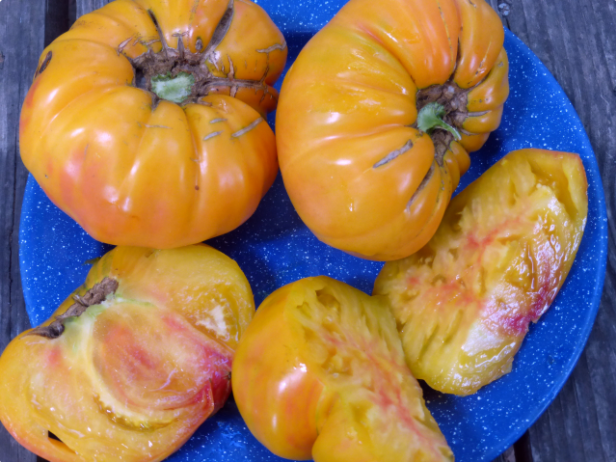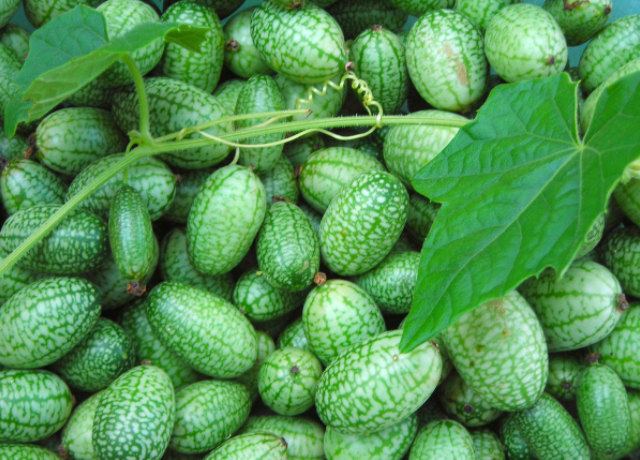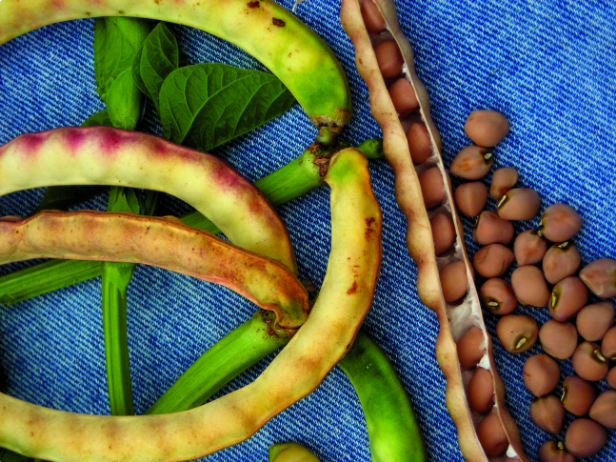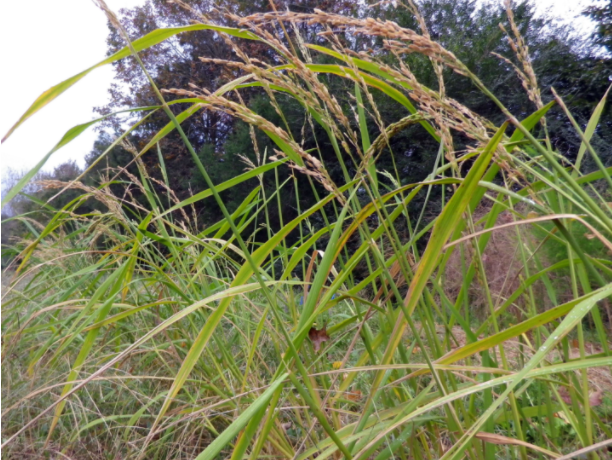
Though it may seem like an odd time of year to read about growing rice it’s actually a really good time to start planning for next season. Rice is a long season crop and preparation this fall can really benefit your rice harvest.
There’s also a few misconceptions about growing rice that make it less popular than it perhaps should be.
The first is that rice requires flooding. Flooding is actually just a method of weed control. Rice does well in water while other plants like weeds do not. However it can be grown with just and inch of irrigation or rain per week. However if you happen to have a wet area on your property you’d like to put into production rice could be your answer.
The second misconception is that rice can only be grown in really warm areas. In fact there are varieties of rice that can be grown as far north as Vermont. SESE has varieties that are best suited to the south and mid-atlantic regions.
Lastly rice is often seen as a crop for big farmers and not necessarily backyard gardeners but you don’t need big fields or machinery to get a nice rice crop. It’s perfectly easy to grow and cultivate with hand tools. The only special equipment you need is a rice de-huller and you can find a variety of home scale models available.
Selecting & Preparing a Plot
Whether you choose to flood your rice or just irrigate it, water is probably the biggest concern when choosing a plot. Make sure it’s an area you can easy water because of its irrigation needs.
Rice also does best in fertile, nitrogen-rich soil. Compost is the perfect fertilizer for rice so if you select a plot this fall you can add about 1lb per square foot of compost and till it in. You can also grow a winter-kill cover crop like buckwheat this fall. In the spring the dead buckwheat will act as a mulch and you can plant your rice through it. The mulch will help hold moisture and prevent weeds.
Planting Rice
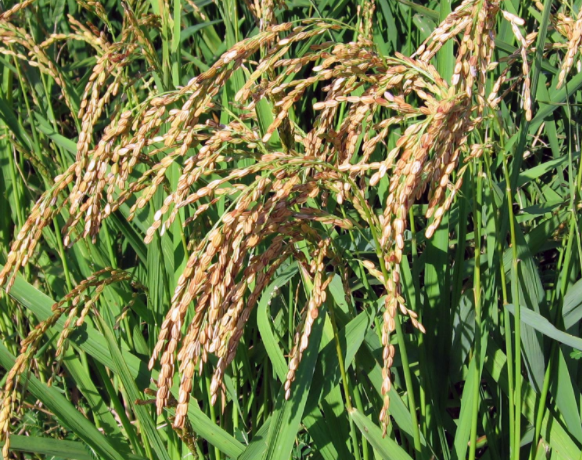
Rice can be planted two ways either direct sown or transplanted. For transplants seeds should be started 6-8 weeks before your desired planting date.
Direct seed or transplant rice in rows 9-12 inches apart with plants about 6 inches apart in the row. Rice isn’t always grown in rows however this method has been shown to increase yields as the rice has plenty of space and nutrients and can be easily cultivated.
Cultivation
Rice doesn’t do well with weed pressure so be sure to keep it well weeded. Small plantings of rice typically aren’t bothered by pests or disease although birds will feed on rice as it ripens so you may choose to use netting.
Harvest
The rice should be harvested once it’s dry and brown. There are two methods for harvesting. You can cut the entire plant as close to the ground as possible or cut just the seed head. Whatever you choose it should be noted that leaving the straw on the field will add nutrients and keep your soil healthy for next year.
Once harvested, rice should be threshed and winnowed. There are machines made specifically for threshing but basically you’re just trying to break other plant material free from the grains of rice. A common method is to place the rice in a 5-gallon bucket and use a drill with a paint stirring attachment to break it up.
After threshing the rice should be winnowed. This process can be done in front of a fan by pouring the rice into a bowl and allowing the fan to blow away the lighter plant material while the grains fall straight down into the bowl. This will need to be repeated several times before all the material is gone.
Unlike wheat, rice also has to be de-hulled as it probably won’t come off during the threshing process. Rice can be de-hulled by rubbing it between your hands but it’s a strenuous and uncomfortable process. If you enjoy growing rice it’s probably worth investing in a home de-huller.
Finally you can enjoy your rice! Just like other crops growing your own can allow you to branch out into more varieties and tastes than the one or two offered at the grocery store.

